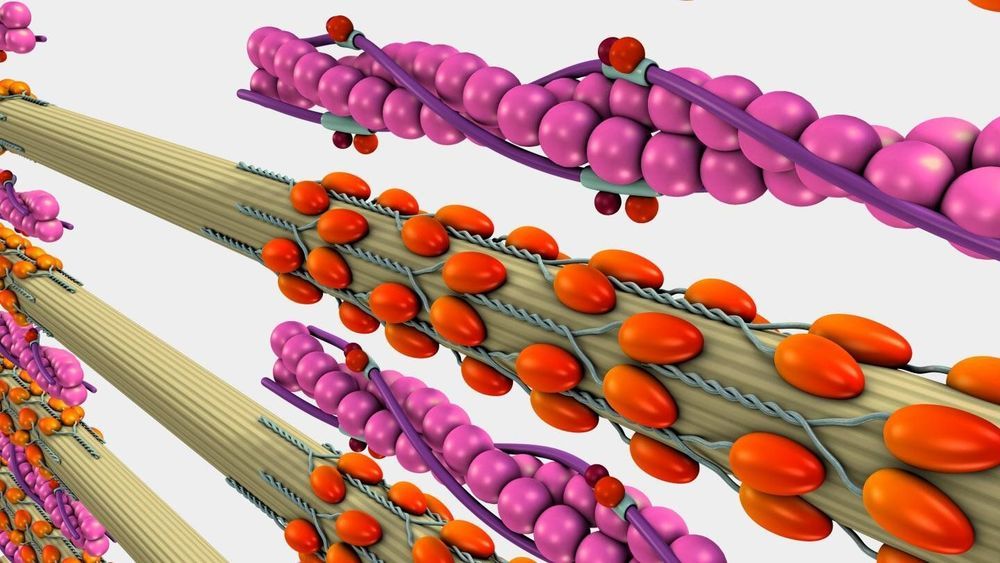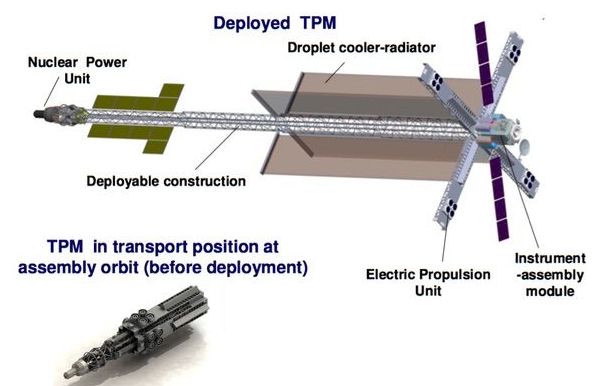Raytheon has delivered the first anti-drone buggy to the US Air Force, just over year after it introduced the technology. It’s a high-energy laser system mounted on a small all-terrain vehicle, to be specific, which uses electro-optical/infrared sensors to detect and track drones. After it identifies and tracks the unwelcome flying device, it then neutralizes it with its laser in a process that takes a few seconds.
Category: military
https://www.youtube.com/watch?v=6nFhv-TUJNA&feature=share
Researchers have found that giving your brain an electrical stimulation while you sleep can lead to quicker learning and improved memory. Future You’s episode 6 explores what this will mean in 2050.
—————————————————–
Follow NPR elsewhere, too:
• Twitter: https://twitter.com/npr
• Facebook: https://www.facebook.com/NPR
• Instagram: https://www.instagram.com/npr/
• Tumblr: http://npr.tumblr.com/
• Snapchat: https://www.snapchat.com/add/npr
ABOUT NPR
NPR connects to audiences on the air, on demand, online, and in person. More than 26 million radio listeners tune in to NPR stations each week and more than 36 million unique visitors access NPR.org each month making NPR one of the most trusted sources of news and insights on life and the arts. NPR is also the leading publisher of podcasts, with 36 original shows and an average of 4 million listeners per week. NPR shares compelling stories, audio and photos with millions of social media users on Facebook, Twitter, Instagram, Pinterest, YouTube and Snapchat; NPR News and NPR One apps, online streaming, podcasts, iTunes radio and connected car dashboards help meet audiences where they are. NPR’s live events bring to the stage two-way conversations between NPR hosts and the audience in collaboration with the public radio Member Station community. This robust access to public service journalism makes NPR an indispensable resource in the media landscape.
Rogue drones will be brought down by “detect and destroy” technology under plans for a new national counter-drone force to prevent Gatwick-style disruption, ministers have announced.
The new mobile special unit, to be set up by the Home Office, will be available to any police force or law enforcement agency in the UK to counter potential drone threats at major events or malicious attacks such as the chaos at Gatwick airport last Christmas.
The unit is expected to have military-grade cameras, radar and radio frequency scanners to detect rogue drones, similar to those deployed by the Army at Gatwick.
In an effort to make robots more effective and versatile teammates for Soldiers in combat, Army researchers are on a mission to understand the value of the molecular living functionality of muscle, and the fundamental mechanics that would need to be replicated in order to artificially achieve the capabilities arising from the proteins responsible for muscle contraction.
Bionanomotors, like myosins that move along actin networks, are responsible for most methods of motion in all life forms. Thus, the development of artificial nanomotors could be game-changing in the field of robotics research.
Researchers from the U.S. Army Combat Capabilities Development Command’s Army Research Laboratory have been looking to identify a design that would allow the artificial nanomotor to take advantage of Brownian motion, the property of particles to agitatedly move simply because they are warm.
I n August, three graduate students at Carnegie Mellon University were crammed together in a small, windowless basement lab, using a jury-rigged 3D printer frame to zap a slice of mouse brain with electricity.
The brain fragment, cut from the hippocampus, looked like a piece of thinly sliced garlic. It rested on a platform near the center of the contraption. A narrow tube bathed the slice in a solution of salt, glucose, and amino acids. This kept it alive, after a fashion: neurons in the slice continued to fire, allowing the experimenters to gather data. An array of electrodes beneath the slice delivered the electric zaps, while a syringe-like metal probe measured how the neurons reacted. Bright LED lamps illuminated the dish. The setup, to use the lab members’ lingo, was kind of hacky.
There is strong evidence from publicly available sources that a Russian company called KB Arsenal is working on a new type of military satellite equipped with a nuclear power source. Called Ekipazh, its mission may well be to perform electronic warfare from space.
KB Arsenal, based in St. Petersburg, is no newcomer to the development of nuclear-powered satellites. In the Soviet days it built satellites known as US-A (standing for “active controllable satellite”), which carried nuclear reactors to power radars used for ocean reconnaissance (in the West they were known as “radar ocean reconnaissance satellites” or RORSAT for short.) The satellites had been conceived in the early 1960s at the OKB-52 design bureau of Vladimir Chelomei before work on them was transferred to KB Arsenal at the end of that decade. The satellites’ three-kilowatt thermoelectric reactors, known as BES-5 or Buk, were built by the Krasnaya Zvezda (“Red Star”) organization. The US-A satellites operated in low Earth orbits at an altitude of roughly 260 kilometers and, after finishing their mission, the reactors were boosted to storage orbits at an altitude of about 900 kilometers.
The Pentagon’s controversial $10bn JEDI cloud computing deal is one of the most lucrative defense contracts ever. Amazon’s in pole position to win—and its move into the military has been a long time coming.
Uncrewed and jet-powered, the Romanian design hopes to overcome the airframe style’s long history of unsuccessful flight.
As reported by the U.S. Air Force Research Laboratory, military scientists have developed a “Terminator-like” liquid metal that can autonomously change the structure, just like in a Hollywood movie.
The scientists developed liquid metal systems for stretchable electronics – that can be bent, folded, crumpled and stretched – are major research areas towards next-generation military devices.
Conductive materials change their properties as they are strained or stretched. Typically, electrical conductivity decreases and resistance increases with stretching.
Project Medusa plans to use biomanufacturing to grow military-grade runways using nothing more than dirt and microorganisms.







